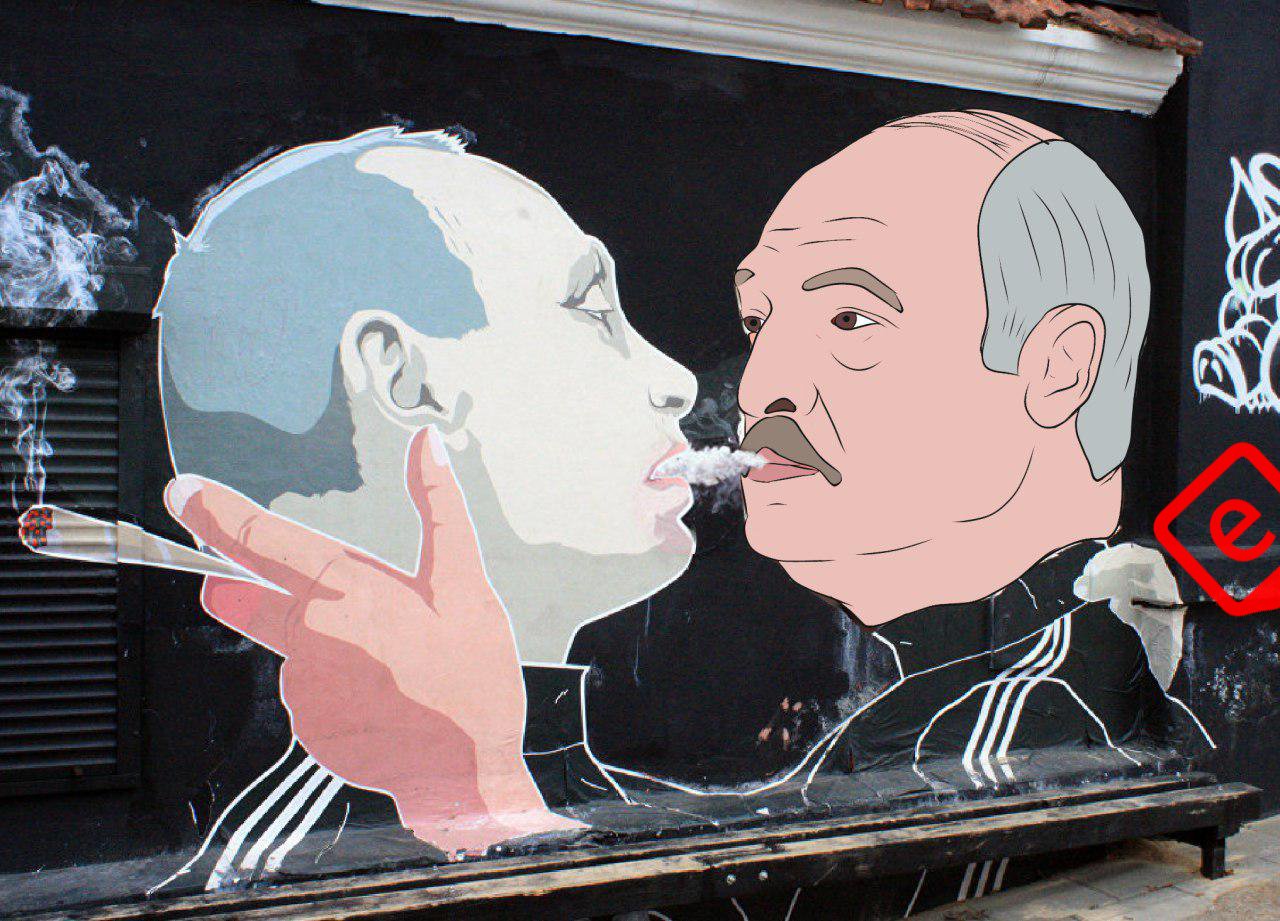Eurasian integration as an inevitable destination
 The situation has gotten better
The situation has gotten better

By Anatol Pankouski
For the first time since the start of the COVID-19 outbreak, last week, the heads of EAEU governments met in Minsk. When speaking with Russian Prime Minister Mikhail Mishustin, Lukashenka said that Russia should be the locomotive of integration processes in the post-Soviet space, especially in the economy. Hence, he indirectly confirmed that integration with Russia remained a fatal attachment to Belarusian politics in the future.
On July 17th, Minsk hosted a meeting of the Eurasian Intergovernmental Council (EIGC). Belarus, presiding this year in the EAEU, raised 18 issues related to the Eurasian economic integration at the EIGC meeting.
According to the head of the Belarusian government, “a Eurasian economic integration strategic development plan before 2025 has been drafted and initially approved, envisaging mechanisms for the formation of EAEU common markets, mapping approaches in developing joint innovative and investment projects”. It has been announced that the strategic plan for Eurasian integration may be signed this fall.
Among the most important topics discussed at the meeting was the elimination of trade barriers within the EAEU states’ domestic markets. Armenian Prime Minister Pashinyan, who took part in the meeting, described the meeting as productive, stating that the sides agreed on principal approaches and made progress towards removing barriers.
Besides, the EAEU states approved a comprehensive plan envisaging healthcare measures to ensure the sanitary and epidemiological well-being of the population and to prevent the spread of COVID-19 within the EAEU.
The states, among other things, also approved common approaches to product labeling; instructed to develop an industrialization map, designed to become a tool for coordinating the actions of the EAEU member states on import substitution; and an EAEU agroindustry map.
Subscribe to our newsletter




Situation in Belarus
Constitutional referendum: main consequences


 Video
Video
How to count the political prisoners: are the new criteria needed?


 Video
Video
Paternalism In Decline, Belarusian Euroscepticism, And The Influence Of Russia


 Video
Video












